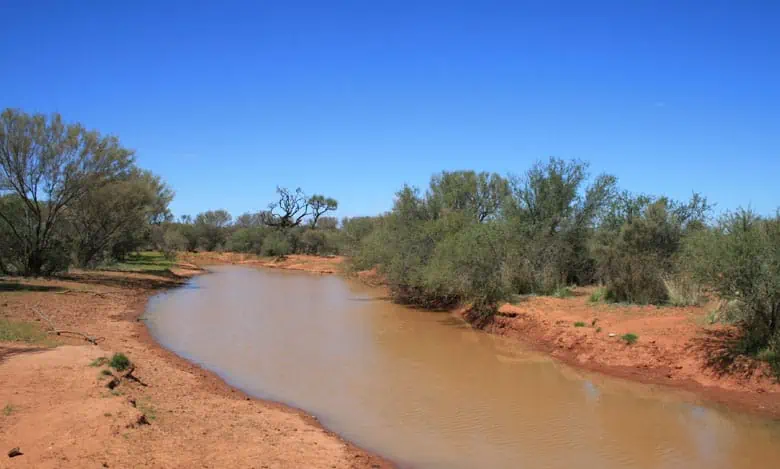Triops australiensis

Triops australiensis
The first Triops australiensis was identified for me in 1965 by Dr Ride from the Perth Museum. He was on a field trip to Yamarna, where I grew up, to study hopping mice, and we had heavy rains, which rendered roads impassable for three weeks.
Dr W. D. L. Ride (8 May 1926 – 6 November 2011) was born in London, England, in 1926, the eldest son of Sir Lindsay Tasman Ride. After migrating to Australia, he specialised in Australian vertebrate zoology and paleontology.
After the rains stopped, I would play in the creek, savouring the fresh water and enjoying a place to swim and cool off for a few weeks before it slowly dried up. On this day and in the muddy shallows, we found many Triops australiensis, and Dr Ride explained the strange little creature to me. As a six-year-old, I had a lasting impression during our few days of exploration. Dr Ride sparked my desire to study antiquity. I credit my later degree in archaeology and palaeoanthropology to this brief interlude.
Shield Shrimps
Triops australiensis also called a Shield Shrimp, for the shield-like armour carapace over its head and upper body. The little beasts can grow up to 7.6 cm (about 3 inches) in length. They propel themselves in shallow water with the whip-like, segmented tail and the mass of 60 or so legs.
The Shield Shrimps belong to the crustaceans called “branchiopods” and have “gill feet”. These leaf-like, lobed feet have a gill plate that allows them to breathe through their feet. Males and females are indistinguishable, except females carry eggs under the body.
Amazingly, the eggs can survive for many years in dried mud or dust before hatching. The eggs are transported to other places by wind or on the feet of animals. Eggs hatch quickly after rain and grow into adults within a few weeks.
The shield shrimp closely resemble fossil specimens dating back 250 million years. Some recent studies suggest that even though ‘old’ species look similar, they are not necessarily “living fossils”. iNaturalist.org has additional information on the little beastie with some references if you want to explore.

